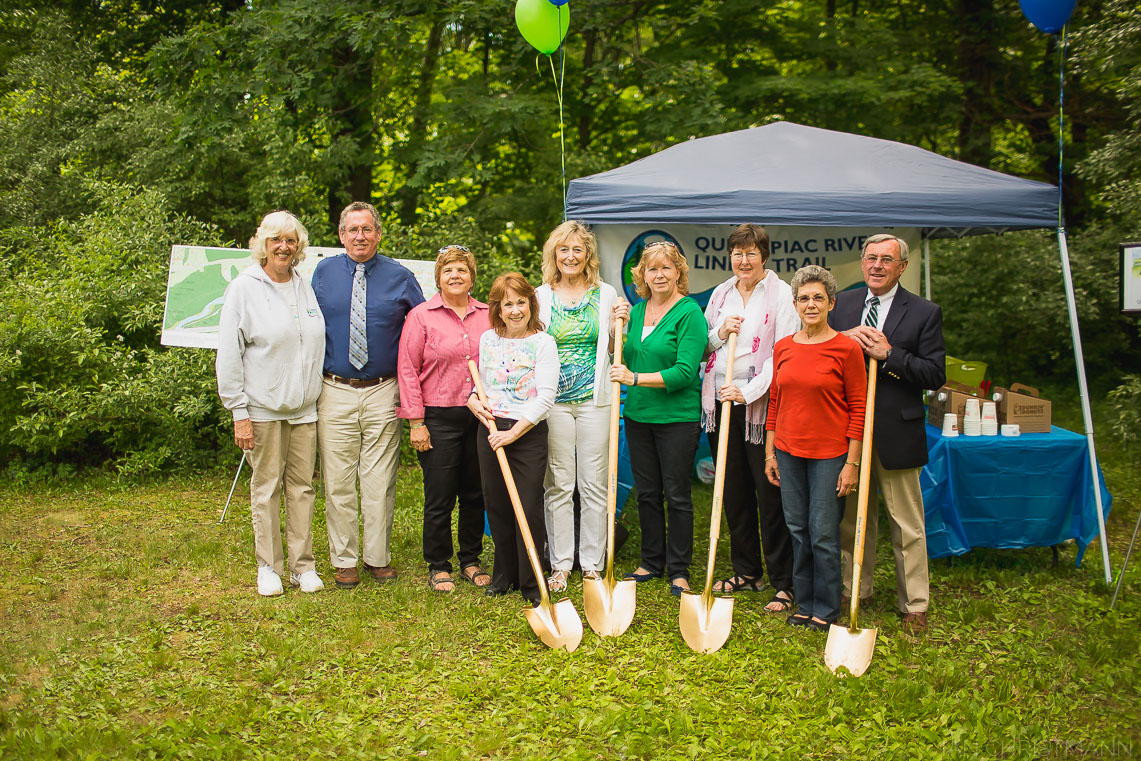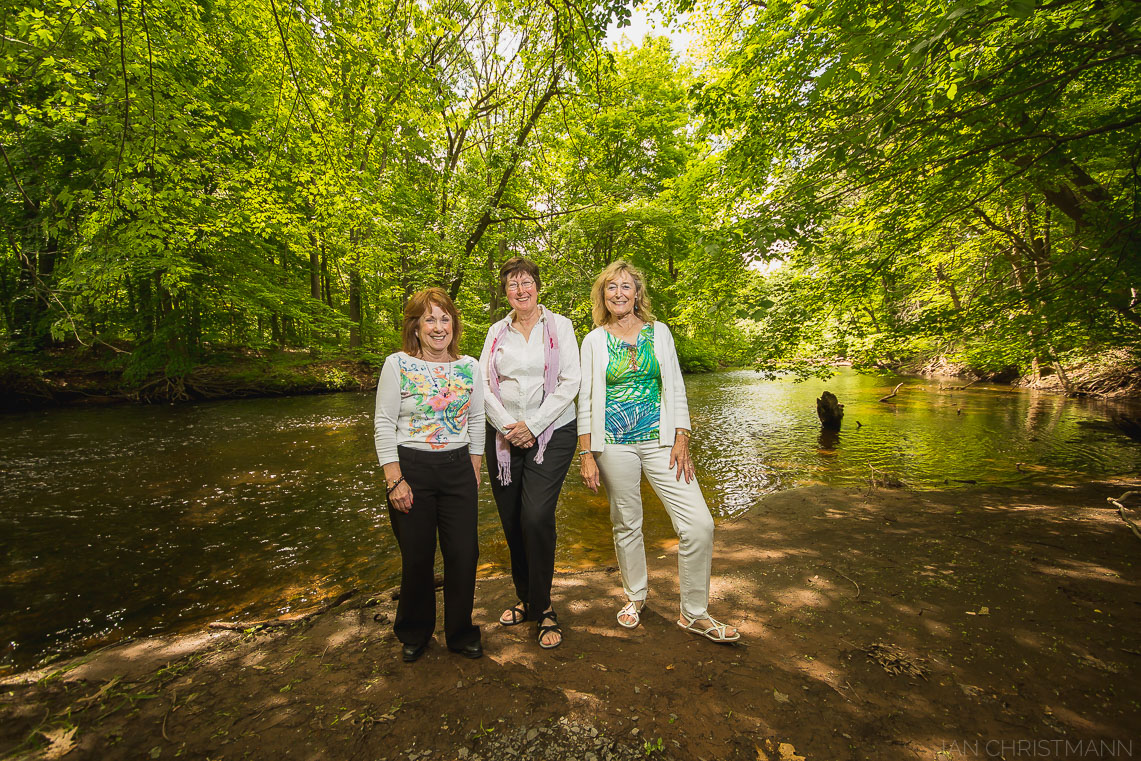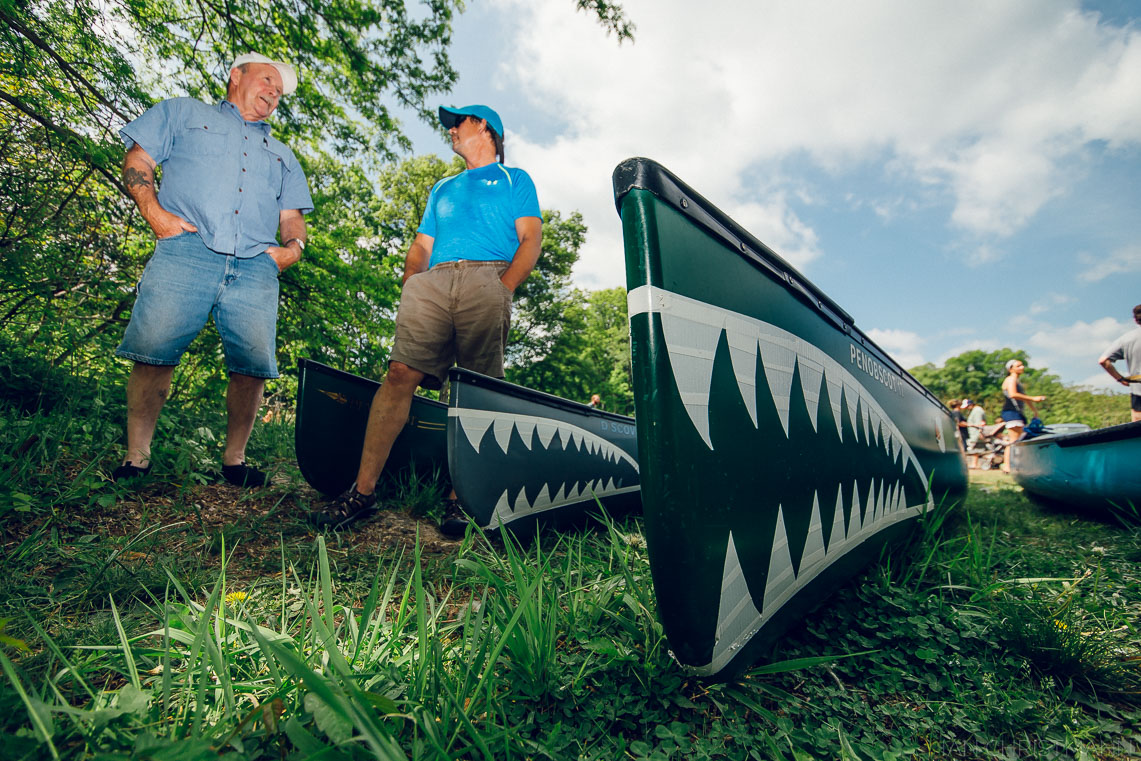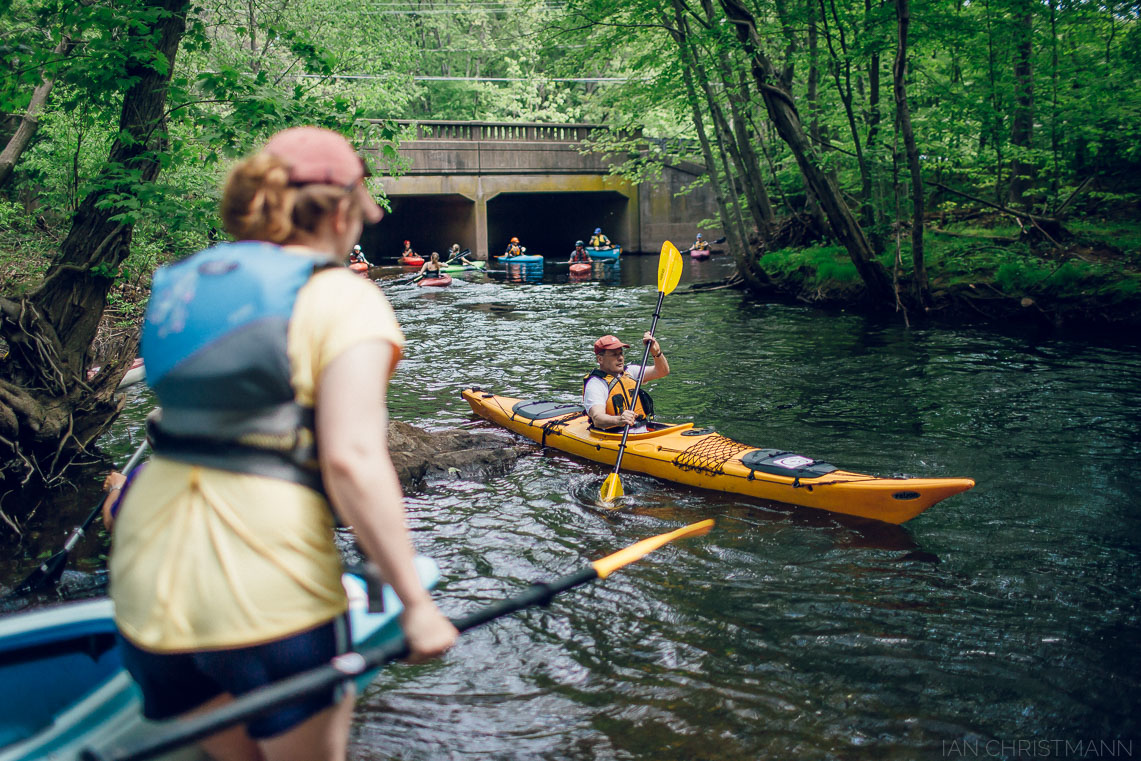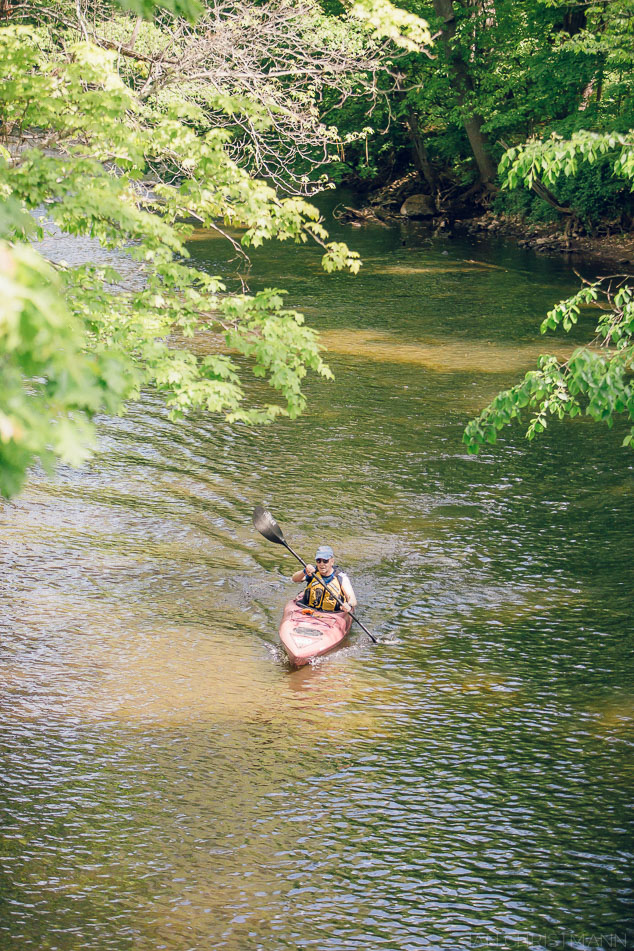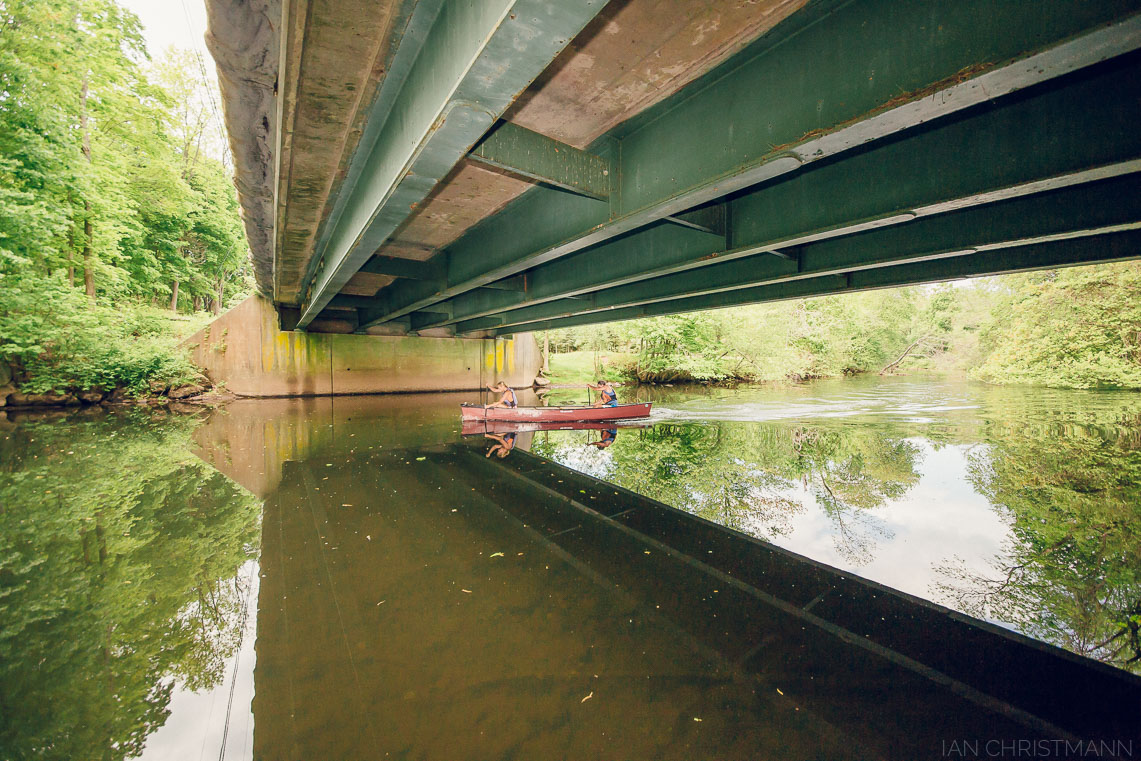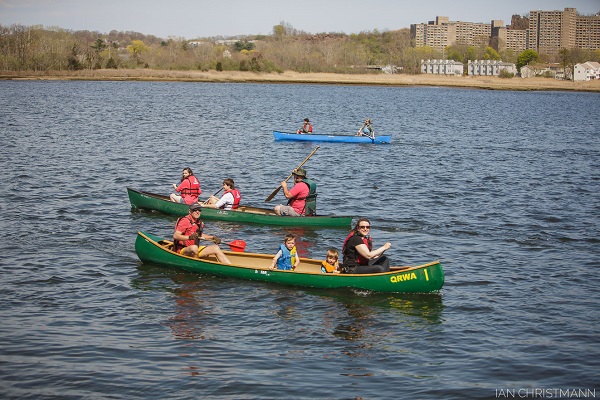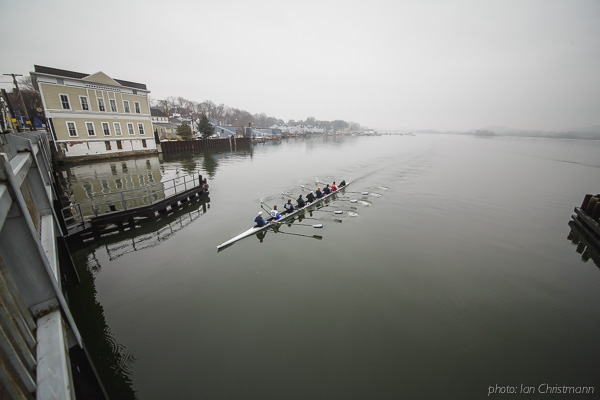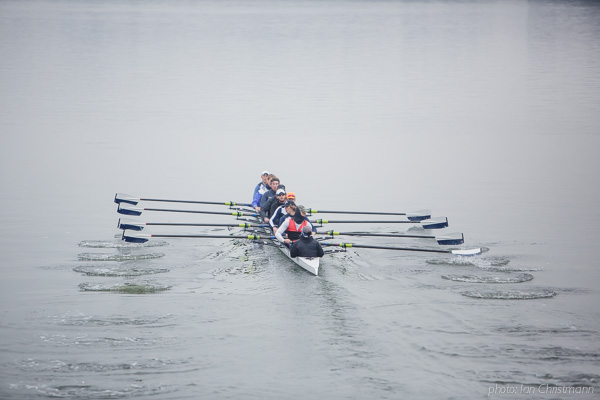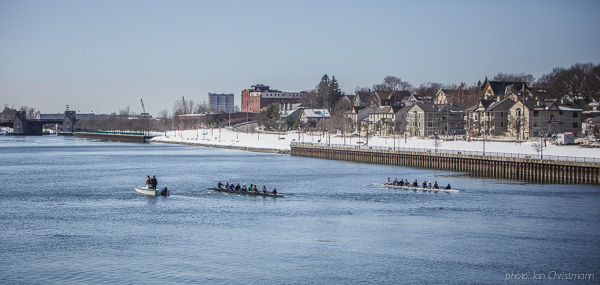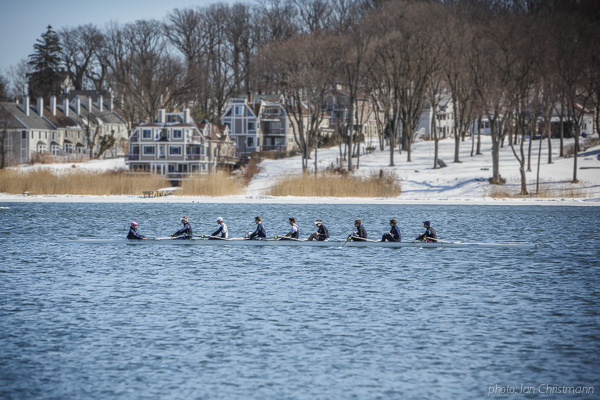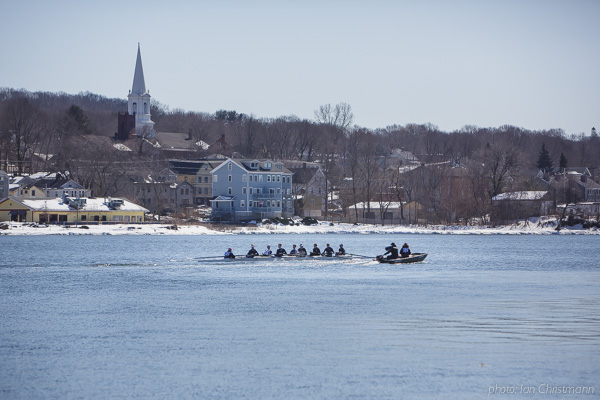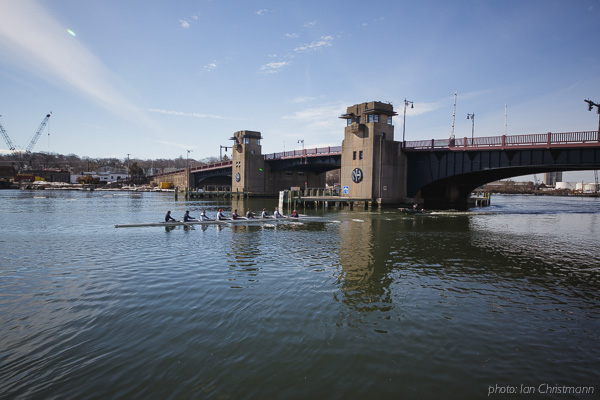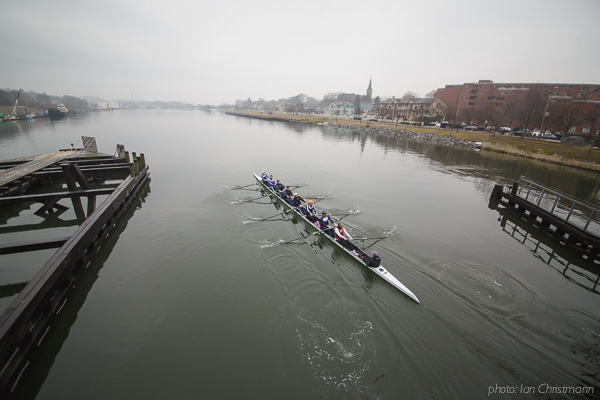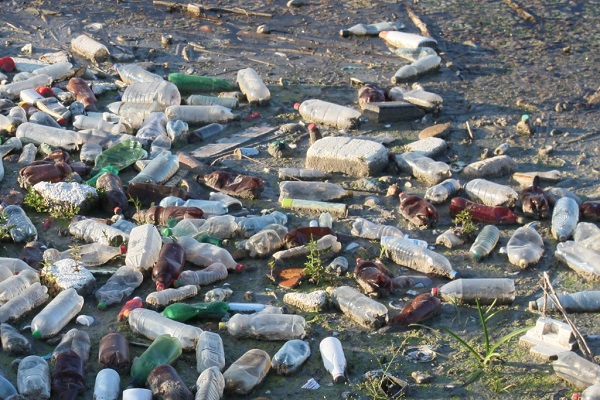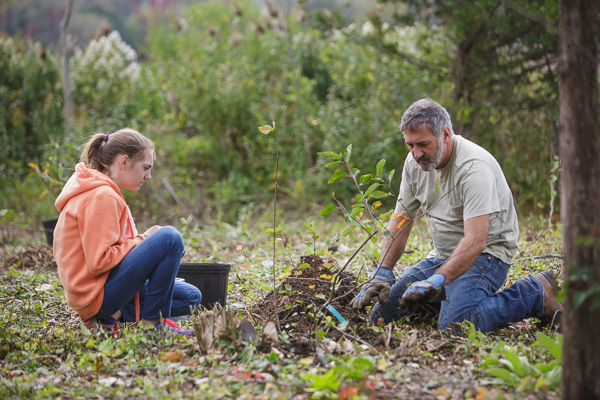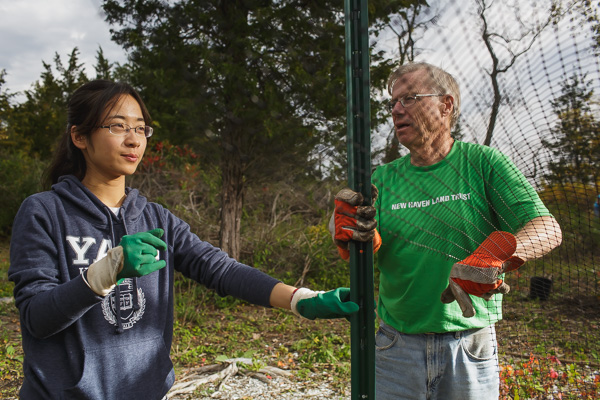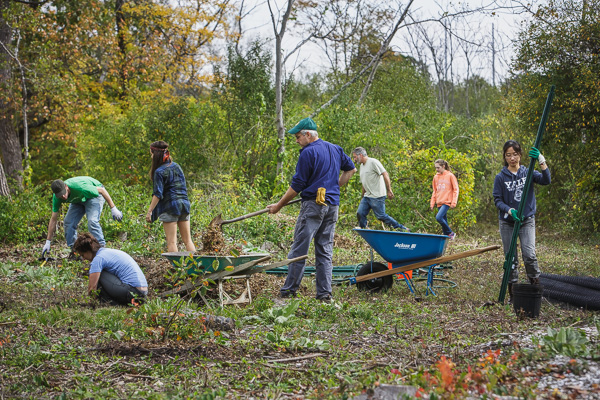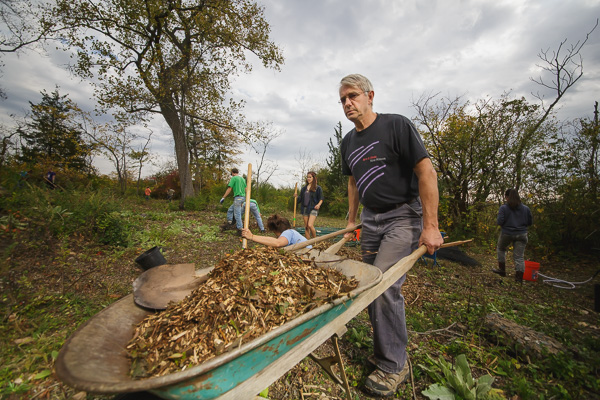Research scientists from area universities detect and measure the impact of chemical pollutants in the Quinnipiac River

A vast number of products used and relied on everyday are made possible because of modern chemistry — from television sets and mobile phones, to plastic bottles, detergents, weed killers, hospital equipment, and just about everything in the typical American medicine cabinet. Qualities such as hardness for mobile phone covers and flexibility for intravenous tubes are achieved with materials created out of chemical compounds formed in a laboratory. The use and production of these synthetics has grown exponentially since World War II and brought undeniable benefits. But many of the chemical building blocks used to make these materials are potentially harmful to humans and wildlife in ways that scientists are only beginning to understand.
In Greater New Haven, research scientists from area universities are conducting an array of studies to determine the extent of chemical pollutants in the Quinnipiac River watershed. Supported with grants from the Quinnipiac River Fund, some are working to identify point sources, typically the discharges of factories and water treatment facilities. Other teams are trapping specific animal species that live in and around the Quinnipiac River to determine whether the chemicals exist in high enough concentrations to affect biological systems that are shared with humans.
The compounds being studied are known as endocrine disrupting chemicals, or EDCs. The more well known of these compounds include dichlorodiphenyltrichloroethane, or DDT, the pesticide that was banned for most uses in 1972, and Bisphenol A, or BPA, which has been used in baby bottles and the lining of cans of food.
The chemicals get their name because they can interfere with the normal functioning of the endocrine system. A network of glands and organs throughout the body, the endocrine system is responsible for many aspects of a person’s overall health. It produces the hormones necessary for normal sexual development and fertility, balanced energy levels and metabolism, childhood immunity, bone growth, and other vital functions.
Research sponsored by the National Institute of Health is investigating links between EDCs and illnesses including various cancers, diabetes, low fertility, immune disorders, and neurological defects. The NIH states that endocrine disruptors may pose the greatest risk to the developing organs during prenatal development and infancy.
Along multiple points of the Quinnipiac River, a research team lead by Quinnipiac University Professor of Chemistry Harry Pylypiw has tested the water to identify the point sources several endocrine disruptors known as phthalates. The team paid particular attention to the presence of Diethylhexyl phthalate (DEHP), a plasticizer manufactured by the Wallingford company Cytec Industries for use in medical devices, syringes, IV bags, glo sticks, hydraulic fluid, and other products.

While the river was found clean at Hall Avenue, above the Walllace Dam, lower down at Toelles Road, near a discharge site for Cytec, testing found DEHP as well as Dibutyl phthalate (DHP), a chemical used in detergents, cosmetics, aerosol fragrances, and toothbrushes. What surprised Pylypiw was his discovery of phthalate compounds further down river, far from any known discharge points.
“What disturbed us was what we found in the tidal marshes,” said Pylypiw. “There is no dumping there, so it has to be migrating.”
Household waste, seepage from underground septic systems, and other non-point sources are equally significant contributors of EDCs in the environment. In freshwater ponds in suburban areas around the Quinnipiac River, Yale research biologists are measuring how the chemicals are affecting local frog populations. Previous studies have found some of the highest EDC concentrations near suburban homes reliant upon septic systems.
“There is a halo of chemicals around everywhere we live,” said David Skelly, Ph.D.Yale School of Forestry and Environmental Studies. “Wastewater treatment is not equipped to deal with these 21st-century EDCs.”
Skelly’s team has found evidence of endocrine disruption in local frog populations. One in five frogs sampled by the researchers had eggs in their testes. In an ongoing project, the team is studying mussel populations in Long Island Sound, the first such examination of endocrine disruption in this body of water.
On the Quinnipiac River, John Kelly, a research biologist with the University of New Haven, is leading a study that seeks to determine if endocrine disruption is happening to fish and the patterns for where EDCs are more or less concentrated. For his testing, Kelly’s team is examining the mummichog, a small, silvery fish that lives in brackish water. The presence of endocrine disrupting chemicals in the fish will turn on cellular machinery to produce certain proteins in the liver that can be measured. By detecting these proteins in the fish livers, Kelly can establish that endocrine disruption is occurring.
Kelly’s study is ongoing and is anticipated to have results in the spring of 2015. 


